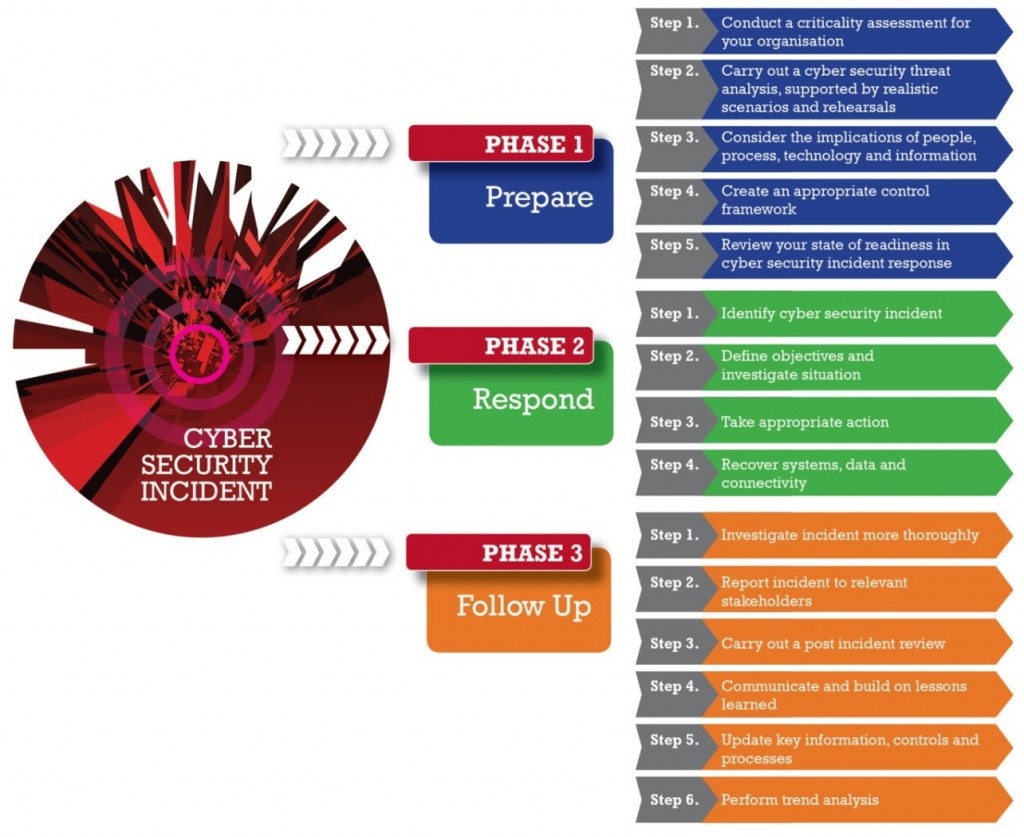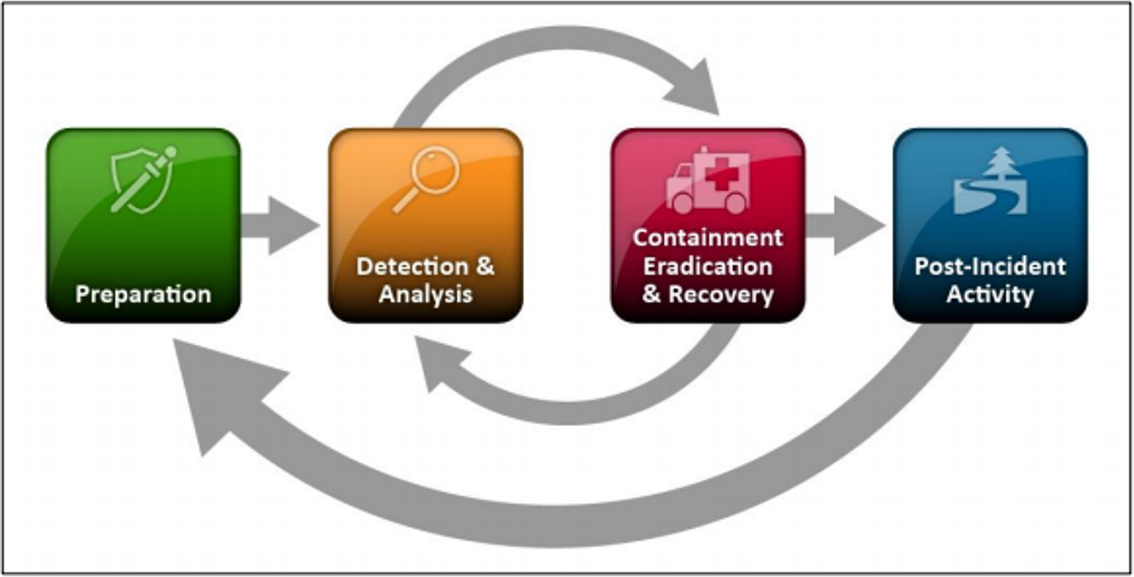Respuesta a incidentes de ciberseguridad: guía de nist
Hey there! Today, we are going to talk about a topic that is of utmost importance in the digital world - Cyber Security.
The Need for Cyber Security
In a world where technology plays a vital role in our day-to-day lives, cyber threats have become increasingly common. It is crucial to safeguard our digital presence from malicious activities and vulnerabilities. That's where Cyber Security comes into play.

Understanding Incident Response
One essential aspect of Cyber Security is incident response. It refers to the steps taken to address and manage potential cybersecurity incidents. To help us navigate through this process, the National Institute of Standards and Technology (NIST) has provided a comprehensive guide.

The Response Lifecycle
The NIST guide breaks down incident response into various stages, each with its specific purpose. It starts with preparation, followed by detection and analysis, then proceeds to containment, eradication, and recovery.
Recipe for Effective Incident Response
Ingredients:
- Thorough understanding of your organization's digital infrastructure
- Skilled Cyber Security professionals
- Effective communication and collaboration among teams
- Continuous monitoring and vulnerability assessment
- Regular backups of critical data
Instructions:
Start by assessing your organization's digital infrastructure and identifying potential vulnerabilities.
Form a team of skilled Cyber Security professionals who will be responsible for incident response.
Ensure effective communication and collaboration among various teams, including IT, legal, and management.
Implement continuous monitoring and vulnerability assessment measures to detect potential cyber threats.
Regularly backup critical data to minimize the impact of incidents and ensure quick recovery.
In the event of an incident, follow the NIST incident response lifecycle: preparation, detection and analysis, containment, eradication, and recovery.
Learn from each incident and make necessary improvements to prevent similar incidents in the future.
Remember, Cyber Security is an ongoing process. By being proactive and prepared, you can significantly reduce the impact of potential cyber threats and protect your digital assets.
Stay safe and secure in the digital realm!